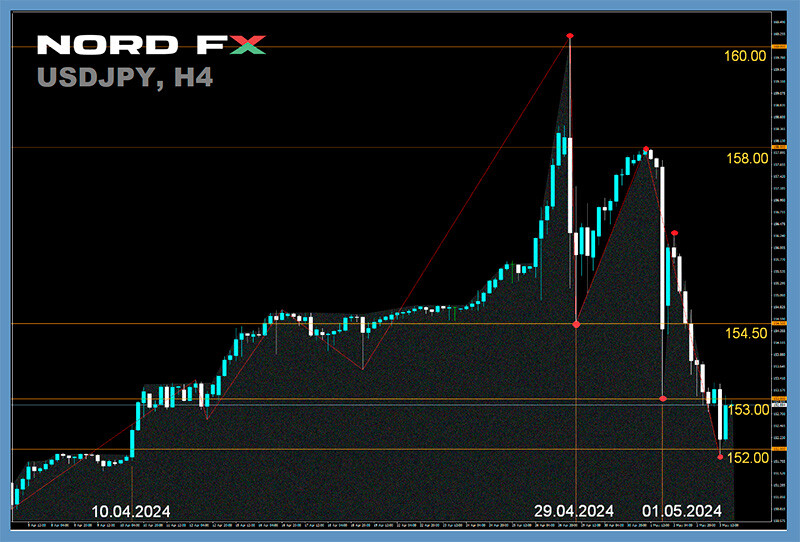- Dec 6, 2017
- 120
- 0
– American entrepreneur and investor Chris Dixon criticised the tightening measures taken by regulators regarding cryptocurrencies. The US Securities and Exchange Commission (SEC) is increasingly suing crypto companies, claiming they are trading unregistered securities. This has caused Dixon great concern. "The US has an absurd cryptocurrency regulation regime. [...] Major industry companies developing blockchain-based solutions face constant pressure. Existing rules encourage platforms to host only memecoins, which can be freely traded on markets without any restrictions, rather than other more useful crypto assets," stated Dixon.
Further in his forecasts, the administrator of Bitcoin.org under the nickname Cobra believes that the US authorities are preparing to introduce a complete ban on self-custody of cryptocurrency. This means that citizens of the country will have to involve intermediaries who will store their digital assets. "If you think the government won't come for your bitcoins, you just haven't paid attention to this," Cobra scares readers on the pages of social network X.
– The Federal Court of Seattle (USA) has delivered a verdict in the case of the co-founder and former CEO of the largest crypto exchange, Binance, Changpeng Zhao. It is noted that the businessman was accused of crimes related to money transfers without a license. While the prosecution had requested three years of imprisonment, the defense suggested settling for five months of probation. Representatives of the Justice Department insisted that probation for CZ was inappropriate as "such a decision could encourage others to break the law on the largest possible scale." The defence argued the absence of evidence that the defendant was informed of the illegal activities on the exchange. As a result, one of the wealthiest people in the crypto industry got away with four months of imprisonment.
Addressing his final words, Changpeng Zhao acknowledged that he had failed to properly establish a suitable client verification system at Binance and to counteract money laundering during his tenure.
Recall that in November 2023, Zhao reached a settlement with the US government to end a years-long investigation against Binance. As part of the agreement, he stepped down as CEO and agreed to pay a fine of $50 million. However, as we see, the US authorities found this insufficient, and now, in addition to dismissal and a fine, a prison term has been added.
Notice: These materials should not be deemed a recommendation for investment or guidance for working on financial markets: they are for informative purposes only. Trading on financial markets is risky and can lead to a loss of money deposited.
#eurusd #gbpusd #usdjpy #btcusd #ethusd #ltcusd #xrpusd #forex #forex_example #signals #cryptocurrencies #bitcoin #stock_market
Further in his forecasts, the administrator of Bitcoin.org under the nickname Cobra believes that the US authorities are preparing to introduce a complete ban on self-custody of cryptocurrency. This means that citizens of the country will have to involve intermediaries who will store their digital assets. "If you think the government won't come for your bitcoins, you just haven't paid attention to this," Cobra scares readers on the pages of social network X.
– The Federal Court of Seattle (USA) has delivered a verdict in the case of the co-founder and former CEO of the largest crypto exchange, Binance, Changpeng Zhao. It is noted that the businessman was accused of crimes related to money transfers without a license. While the prosecution had requested three years of imprisonment, the defense suggested settling for five months of probation. Representatives of the Justice Department insisted that probation for CZ was inappropriate as "such a decision could encourage others to break the law on the largest possible scale." The defence argued the absence of evidence that the defendant was informed of the illegal activities on the exchange. As a result, one of the wealthiest people in the crypto industry got away with four months of imprisonment.
Addressing his final words, Changpeng Zhao acknowledged that he had failed to properly establish a suitable client verification system at Binance and to counteract money laundering during his tenure.
Recall that in November 2023, Zhao reached a settlement with the US government to end a years-long investigation against Binance. As part of the agreement, he stepped down as CEO and agreed to pay a fine of $50 million. However, as we see, the US authorities found this insufficient, and now, in addition to dismissal and a fine, a prison term has been added.
Notice: These materials should not be deemed a recommendation for investment or guidance for working on financial markets: they are for informative purposes only. Trading on financial markets is risky and can lead to a loss of money deposited.
#eurusd #gbpusd #usdjpy #btcusd #ethusd #ltcusd #xrpusd #forex #forex_example #signals #cryptocurrencies #bitcoin #stock_market



